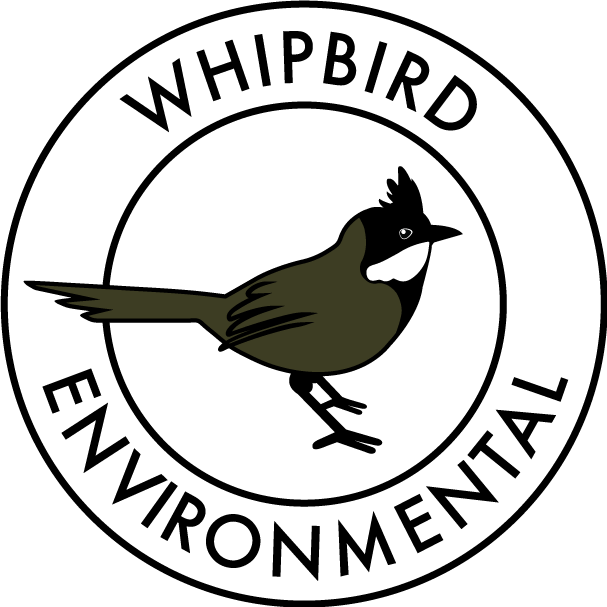Poa labillardierei (Tussock Grass) Australian Native Plant Profile
Poa labillardierei growing in a garden in Vincentia. Photo by Jeff Harbrow
Description
Poa labillardierei is a species of perennial grass, commonly known as Tussock Grass. It is a hardy and adaptable plant that can grow up to 1.5 meters tall and is an important food source for grazing animals including kangaroos and wallabies. Also a host plant for some butterfly species
Growing Conditions
Poa labillardierei is a highly adaptable plant that can grow in a wide range of conditions, but it typically thrives in moist and well-drained soils in areas with moderate to high rainfall. It prefers full sun to partial shade and can tolerate a range of temperatures and soil types, including acidic soils.
Habitat Value
Poa labillardierei provides important habitat value for many species in its native range. The tussocks formed by the plant provide shelter, protection and nesting habitat for a range of small mammals, reptiles, and invertebrates, while the seeds and foliage provide a food source for a variety of grazing animals. In addition, the plant's extensive root system helps to stabilize soil and prevent erosion, which is particularly important in areas with steep slopes or susceptible to erosion.
Uses
Poa labillardierei is often used in Environmental projects because it is a hardy and fast-growing plant that can quickly establish itself in disturbed or degraded areas. Its extensive root system can help to stabilize soil and prevent erosion, while its dense tussocks can provide valuable habitat for native wildlife. Additionally, because Poa labillardierei has a wide distribution, it is well-suited to many areas and thrives in a variety of different climates and soil conditions and can contribute to the restoration of natural ecosystems.
Poa labillardierei can be a great addition to garden settings for several reasons. Its attractive, tall and dense tussocks provide a unique and eye-catching visual element in garden beds or as a standalone feature. Its adaptability to a range of soil and climate conditions also makes it an ideal choice for gardeners in a variety of locations. Additionally, Poa labillardierei is a low-maintenance plant that requires little watering or fertilizing once established, making it a sustainable and eco-friendly option for gardens. As a bonus, it can attract native wildlife such as birds and insects to the garden, adding an extra layer of interest and biodiversity to the landscape.
Propagation
Poa labillardierei can be propagated through both seed and vegetative means. To propagate through seed, collect mature seed heads from the plant in late summer or early fall and sow them directly into the soil. Alternatively, the seeds can be sown into trays and transplanted into the garden once they have grown a few inches tall.
To propagate through vegetative means, divide established plants in early spring or late fall by digging up the plant and carefully separating the clumps into smaller sections, making sure each section has some roots and foliage. Replant the divided sections into their new locations and keep them well-watered until they are established.
It's worth noting that Poa labillardierei can be slow to establish from seed, so propagating through division may be a faster way to establish new plants although seed grown plants are preferable in environmental plantings to maintain genetic diversity.
You might also be interested in:
Microlaena stipoides (Weeping Meadow Grass)
Lomandra longifolia (Common Mat-Rush)
Not sure what to plant when? Check out our Seed Subsciption,
Further Reading
PlantNET: Flora of New South Wales" - Poa labillardierei
Australian Native Plants Society (Australia) - Poa labillardierei
VicFlora Flora of Victoria - Poa labillardierei

